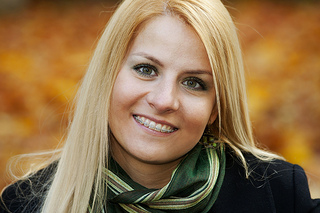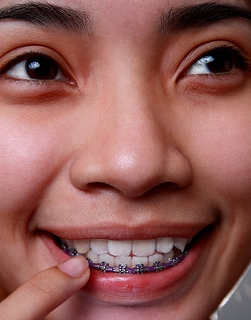How do you accommodate a child with special needs?
November 1st, 2013

Patients with special needs, conditions and disabilities deserve a team of professionals who are experienced and willing to work with them to create a comfortable, relaxing environment. We warmly embrace special needs patients in our office, and as a result, have enjoyed their unique talents and gifts. Some of our most amazing and compliant patients are special needs patients. We are careful with each patient and always make sure that the parents and patient are well-informed on the treatment and progress. If your child is initially skeptical about orthodontics or even just plain scared, we recommend that you bring them in once a month until your child feels comfortable with Dr. Byron Diehl, our staff, and our office environment. By seeing your child monthly we are building a relationship with them, ensuring their comfort.
We encourage you to ask any questions while you are in our Redlands, CA office. You can also give us a call if you have any questions, or if you would like to schedule a consultation with Dr. Byron Diehl. We look forward to serving your family!



 Website Powered by Sesame 24-7™
Website Powered by Sesame 24-7™